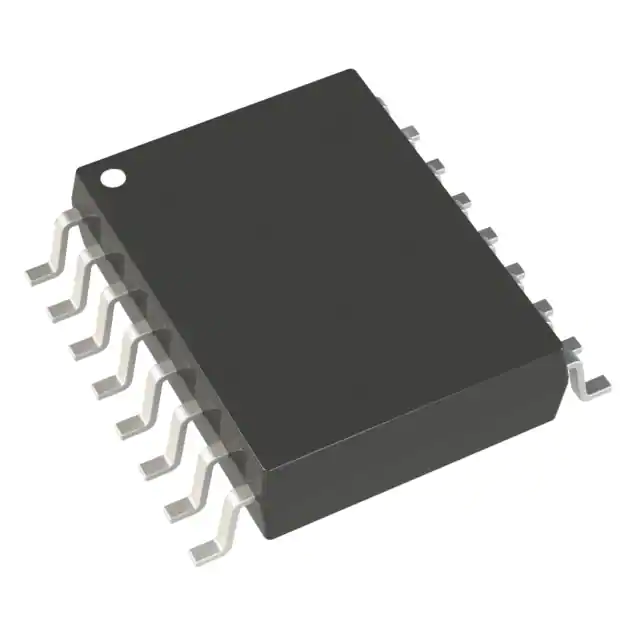
The LTC488 and LTC489 are low power differential bus/line receivers designed for multipoint data transfer standard RS485 applications with extended common model range (12V to -7V). Meet the requirements of RS422. CMOS designs offer significant power savings without sacrificing robustness against overload or ESD damage.
The receiver has a three-state output, the receiver output maintains a high impedance throughout the common model perimeter, and the receiver has a fail-safe feature to ensure a high output state when the input is turned on. Both AC and DC specifications guarantee the supply voltage range of 4.75V to 5.25V.
Pin arrangement

Features
● Low Power: ICC = 7mA Typ
● Designed for RS485 or RS422 Applications
● Single 5V Supply
● - 7V to 12V Bus Common Mode Range Permits ±7V Ground Difference Between Devices on the Bus
● 60mV Typical Input Hysteresis
● Receiver Maintains High Impedance in Three-State or with the Power Off
● 28ns Typical Receiver Propagation Delay
● Pin Compatible with the SN75173 (LTC488)
● Pin Compatible with the SN75175 (LTC489)
Applications
● Low Power RS485/RS422 Receivers
● Level Translator
Typical application
A typical connection for LTC488/LTC489 is shown below. Two twisted pairs connect up to 32 driver/receiver pairs for half duplex data transmission. There is no limit to where the chip can be connected to the wire, and there is no need to attach the chip at the end. However, the wire must only be terminated at both ends with a resistance equal to its characteristic impedance, usually 120Ω.
The input impedance of the receiver is usually 20k to GND, or 0.5 unit RS485 load, so in practice 50 to 60 transceivers can be connected to the same wire. Optional shielding around the twisted pair helps reduce unnecessary noise and connects to GND at one end.
